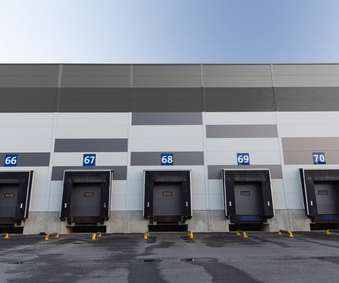Three Tough Headlines: What Can We Learn?
Supply Chain Shaman
JANUARY 19, 2015
Today is a rainy day in Philadelphia. Today, on average, there are 10-25 ships sitting on the water waiting to unload. Three weeks is substantial and may tip the hand to reshore more manufacturing into North America. I am recovering from bronchitis. I am reflective as the rain sheets down my window.
















Let's personalize your content